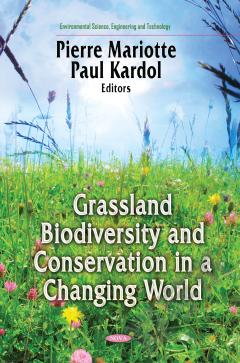Orangutans —— Geographic Variation in Behavioral Ecology and Conservation
----- 红毛猩猩:行为生态学和保护地理变异
Preface 1. Taxonomy, geographic variation and population genetics of Bornean and Sumatran orangutans 2. The functional significance of variation in jaw form in orangutans: The African apes as an ecogeographic model 3. Orangutan positional behavior: inter-specific variation and ecological correlates 4. A description of the orangutan's vocal and sound repertoire, with a focus on geographic variation 5. Orangutan life history variation 6. Orangutan distribution, density, abundance and impacts of disturbance 7. The effects of forest phenology and floristics on populations of Bornean and Sumatran orangutans: are Sumatran forests better orangutan habitat than Bornean forests? 8. Orangutan activity budgets and diet: A comparison between species, populations and habitats 9. Geographic variation in orangutan diets 10. Parasites and their impacts on orangutan health 11. The ecology of female reproduction in wild orangutans 12. Development of independence: Sumatran and Bornean orangutans compared 13. Ranging behavior of orangutan females and social organization 14. Geographical variation in orangutan long calls 15. Male-male relationships in orangutans 16. Orangutan mating behavior and strategies 17. Social organization and male-female relationships 18. Ecological sex differences in wild orangutans 19. Nest building in orangutans 20. Innovation and intelligence in orangutans 21. Orangutan cultures revisited 22. Orangutan population biology, life history, and conservation: Perspectives from PVA models 23. Orangutan rehabilitation and reintroduction: Successes, failures, and role in conservation 24. Geographic variation in orangutan behavior and biology: its functional interpretation and its mechanistic basis References Index
{{comment.content}}








 京公网安备 11010802027623号
京公网安备 11010802027623号